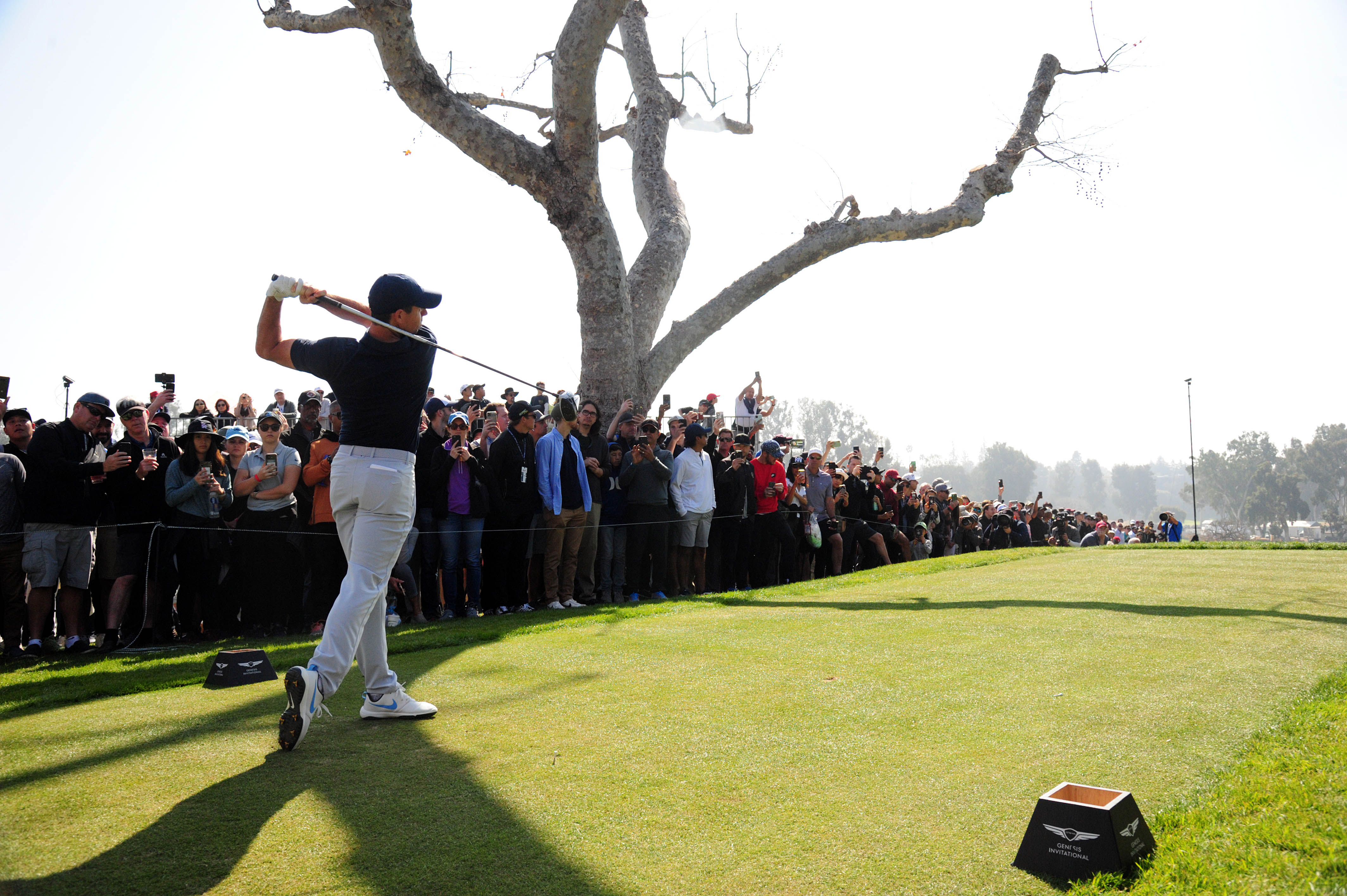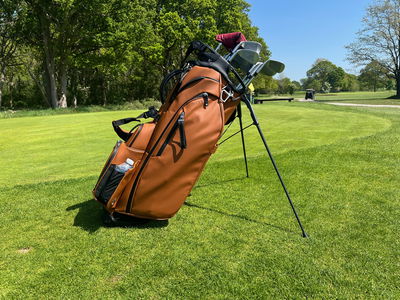How many yards does it need to be for a par-3, par-4 and par-5?
Did you know about Effective Playing Length when it comes to yardages?

Ever wondered what the distance guidelines are required to be in order for them to be considered a par-3, par-4, par-5 or even a very rare par-6 hole? Well, you're in luck.
Following the most recent driving distance report, the R&A and USGA believe that distance needs to be slowed in order to save the future of the sport - READ HERE
Distance is certainly a hot topic that leads to debate in 2020, as golf's biggest brands such as TaylorMade and Callaway spend millions of pounds in finding the best technology to make everyone's driving game longer.
With distances seemingly ever increasing, what better time for us to take a look at the set yardages for both men and women, when it comes to par-3, par-4, par-5 and even par-6 holes as of 2020 according to the USGA's guidelines.
RELATED: ANSWER THESE QUESTIONS, WE'LL GUESS YOUR DRIVING DISTANCE!
Par 3
Men : 0 - 250 yards
Women : 0 - 210 yards
Par 4
Men : 251 - 470 yards
Women : 211 - 400 yards
Par 5
Men : 471 - 690 yards
Women : 401-575 yards
Par 6
Men : 691 yards +
Women: 576 yards +
The only exception to these guidelines, however, is at a major tournament or PGA Tour event where the presenting bodies believe the yardage alone does not truly reflect the difficulty and strategy of the hole in question. This is down to a hole's 'Effective Playing Length' - one of the factors taken into account when a course is given its USGA course rating and USGA slope rating.
'Effective Playing Length' is derived by adding the measured yardage of the course to any adjustments made for elevation, roll, forced lay-ups, wind, and altitude.
Adjustments are then made to the measured yardage if there is any elevation change from tee to green (elevation), if there is a prevailing wind and is it a factor (wind), if the fairway landing areas are hard or soft or if the tee shots land into an upslope or on a downslope (roll), if an obstacle or combination of obstacles prevent a golfer from playing a full length shot (forced lay-up), and if the course is located more than 2000 feet above sea level (altitude).















